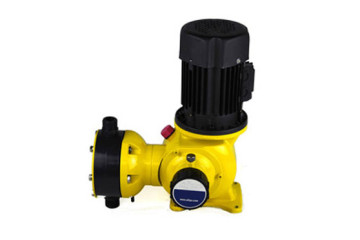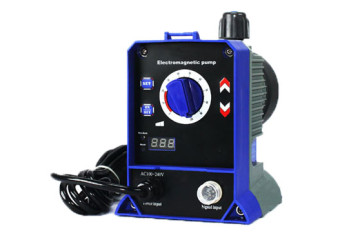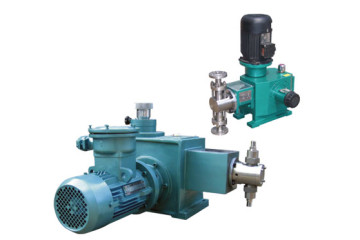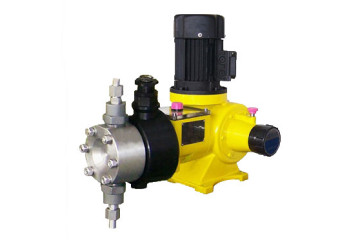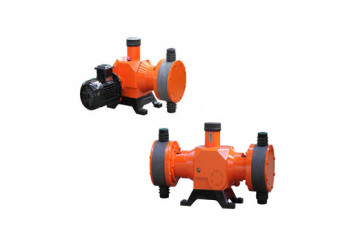Centrifugal Pump Introduction
A centrifugal pump is one of the most common kinds of pump, with an array of various configurations available including: end suction pumps, grinder pumps, fire pumps, magnetic drive pumps, chopper pumps and many more.
A centrifugal pump uses one or more rotating parts (impeller) which join to and rotate with the shaft to provide the power to push the fluid through the pump and pressurize it to move through the system of pipes. A centrifugal pump is normally quick to install, easy to repair and also easy to maintain.
Applications
A centrifugal pump is usually the most appropriate choice for liquids with a thin or lower viscosity and for high flow rates. These kinds of pumps are commonly used in commercial, residential, municipal and industrial applications. For applications that need higher head or pressure, a centrifugal pump with more than one impeller is often used.
Centrifugal pumps generally work within certain specified ranges. They are usually used where liquid flow rates range from 5 gallons per minute (gpm) to 200,000 gpm. They are applied in cases where the total pressure or head ranges from 10 ft to 7,500 ft. additionally, their horsepower ranges from 0.125 horsepower (hp) to 5,000 hp.
A centrifugal pump can be constructed using a wide range of materials including various plastics, cast iron, stamped stainless steel for light applications, bronze, exotic alloys, and special plastics for abrasive, corrosive hygienic or difficult applications.
Piping connections on these pumps are available with flanges on large size and standard pipe threads on small sizes. Additionally, specialty connections for particular applications are also available. While the usual drivers in supply are A.C. induction motors, some D.C. pumps that can be adapted to other power transmission devices are also available.
How a Centrifugal Pump Works
A centrifugal pump operates in four stages. First, the pump directs the fluid in the system into a suction cavity within the pump and from there it is directed into the impeller’s inlet. Second, the spinning impeller pushes the fluid along the rotating vanes to increase the velocity of the liquid. Third, the fluid leaves the spinning vanes and is pushed into the diffuser casing or pump volute where the fluid’s high velocity is converted to high pressure by diffusion. Finally, the liquid is guided into the pump’s discharge cavity and from there it is pushed out into the system or another stage in the case of a multi-stage centrifugal pump.
.










